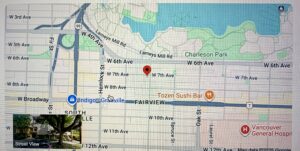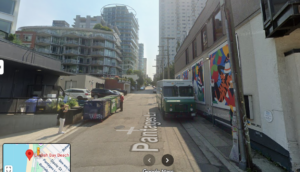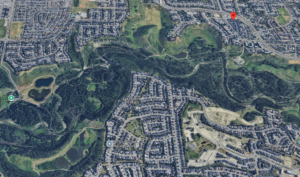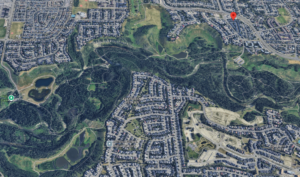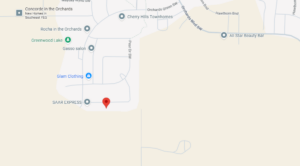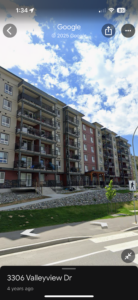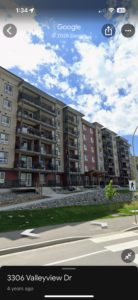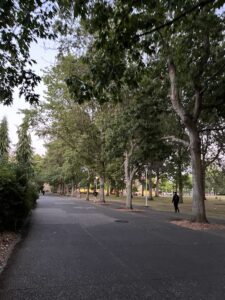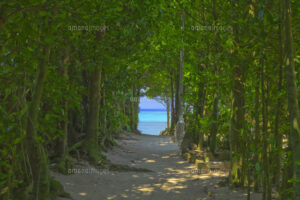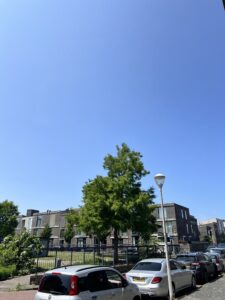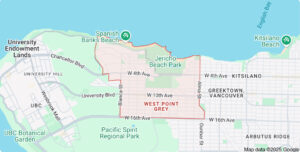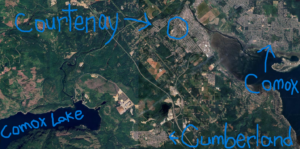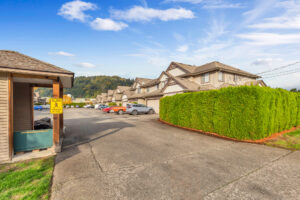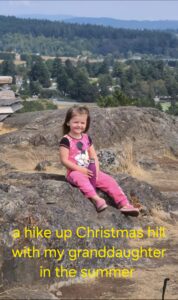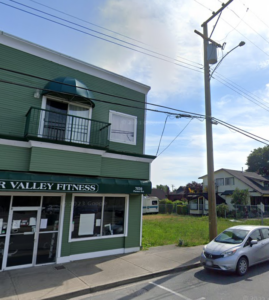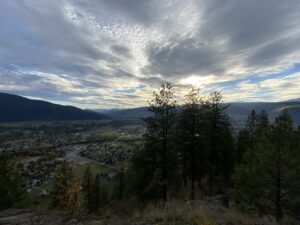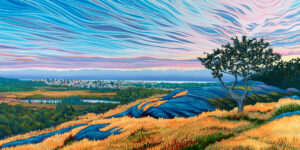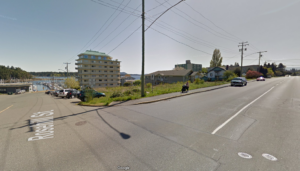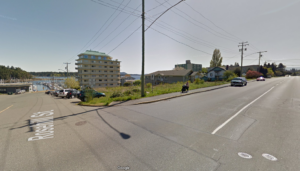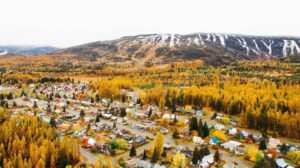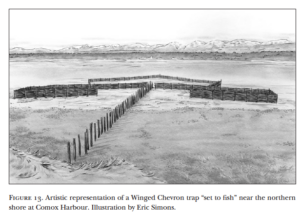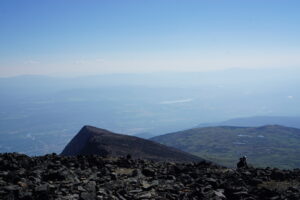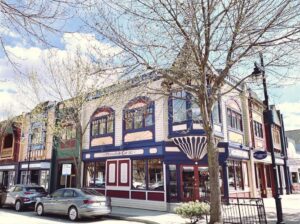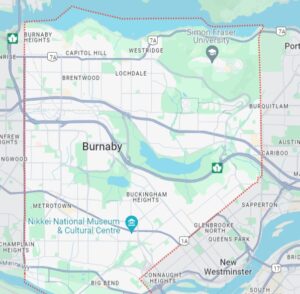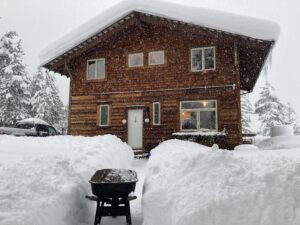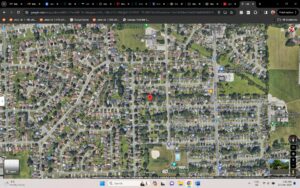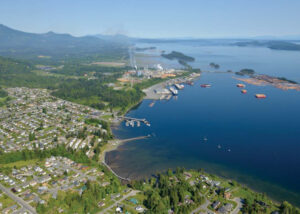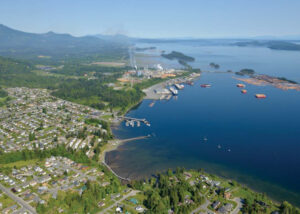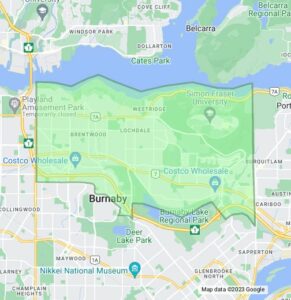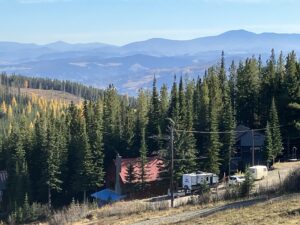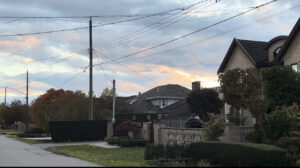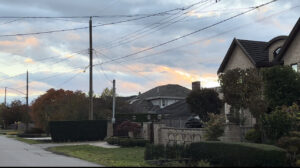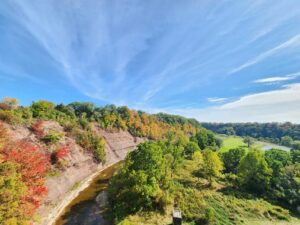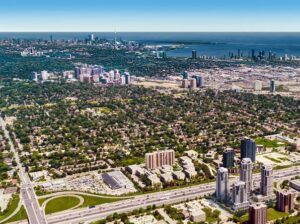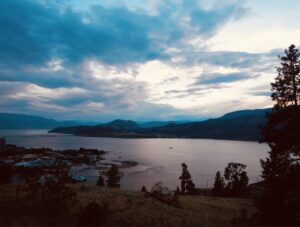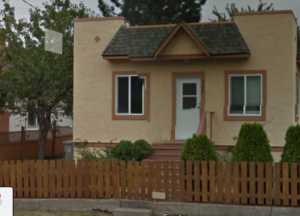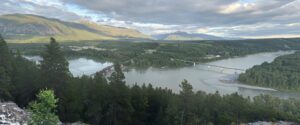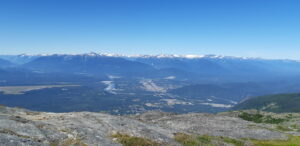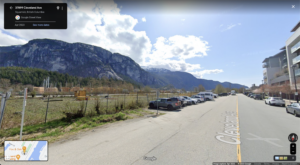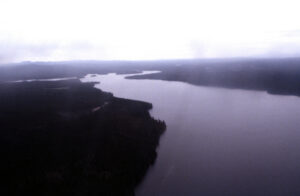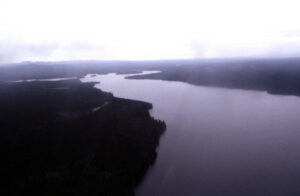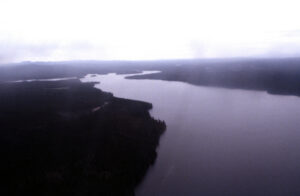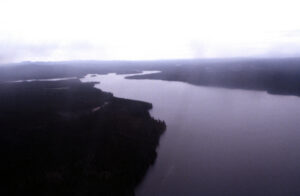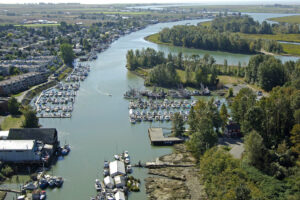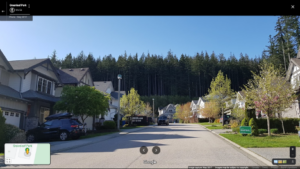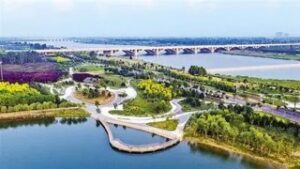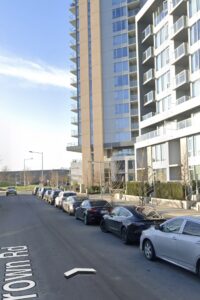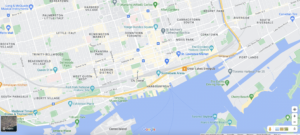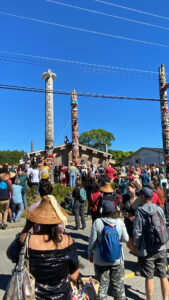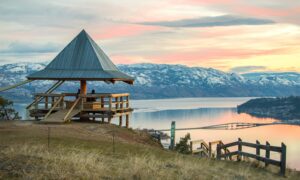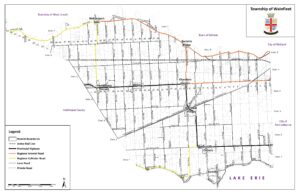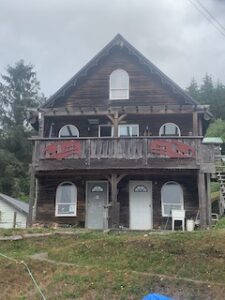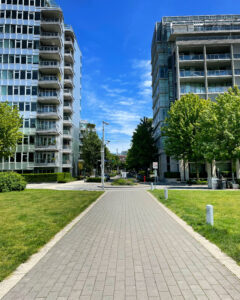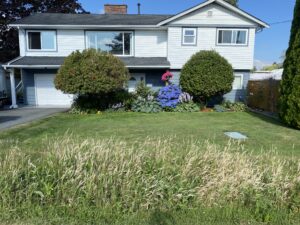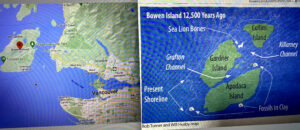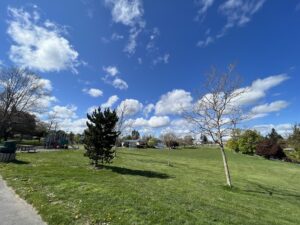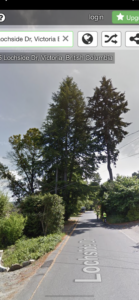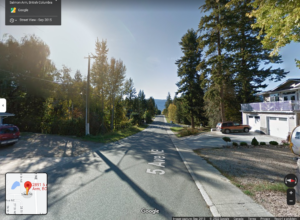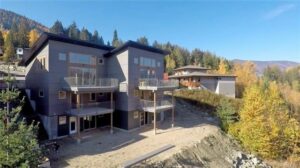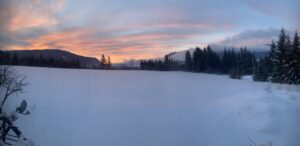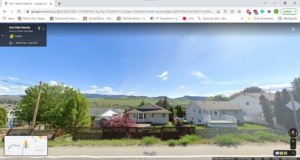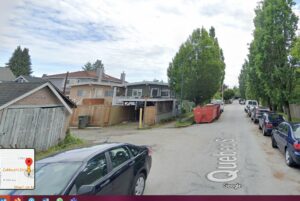Exercise #1: Local Environmental History
Instructions
For Exercise #1, you will bring environmental concepts home by looking at your neighbourhood’s environmental history.
- Using the submission form, post a photo of your area (Google Street View if you do not want to show your home) on this interactive map and explain the ecological history of this space, as per this example.
- Write a 700 to 1100 word of the ecological history of this physical environment, including where applicable: pre-contact use and settlement; wildlife past and present; early settlement and resource extraction; invasive species; urban development; stewardship actions (urban stormwater retention systems; community gardens; composting facilities).
- You must show where you found your information, either through footnote citations or with links embedded in the text, or a combination of both.
- The writing can be informal, as per the Exercise 1 Sample (you may even use first person, which definitely will not fly with your historiography and major essay projects!) but correct spelling and grammar are expected.
- In most cases, given the readily available information online, this exercise need not take more than 6–8 hours to complete. It is meant to help you think historically about your environment—to read it through an ecological lens. If you live in a rural area or small town, you may think that there is less to say than what you read in the sample based on a Vancouver neighbourhood, but this is not the case. The environmental history will be very different, and you might focus far more on, say, the settlement period of the late nineteenth century, or the implications of the introduction of cattle or irrigation and less on events of the 1960s and 70s.
- Please note, you should write and edit your submission in a separate file then copy and paste it into the submission box. Once submitted to the HIST 3991 trubox site, you will not be able to edit your post.
Are you a student of HIST 3991? Click here to add a submission to this assignment.
Submissions
Latest Posts
District of Kent
January 12, 2025 By: Jennifer R. Paulsen
Mark Butorac HIST 3991: Environmental History Jennifer R. Paulsen January 12, 2025 Local Environmental History The environment that I currently call home has undergone a significant amount of development (or destruction depending on the lens through which you view the situation) in the 300 or so years since first contact was made with Indigenous peoples by European settlers. The most visible changes have occurred within the last 150 years.1 The environment and its original inhabitants have certainly been subjected to a lot more changes than they had experienced during the approximately 10,000-year period before the area was converted from its natural state…
Grand Forks
January 11, 2025 By: Rosie Gartner
The ecological history of Grand Forks, British Columbia, is a complex tapestry woven from the threads of geological evolution, Indigenous stewardship, early settlement, and contemporary environmental challenges. This narrative begins with the geological formation of the region characterized by its location within the Monashee Mountain Range and the Omineca Belt (https://boundarybc.com/destinations/grand-forks/). The area’s geological history includes significant metamorphism and deformation, leading to the development of metamorphic core complexes and various mineral deposits that have historically attracted settlers and industries. The rich mineral resources and fertile farmland were pivotal in the establishment of Grand Forks in the late 19th century, officially…
kamloops
December 30, 2024 By: Alicia Mujuru
Aberdeen, a neighborhood in Kamloops, British Columbia, has a remarkable story of ecological alteration that reflects larger patterns of human settlement, resource exploitation, and environmental management. Pre-Contact Use and Settlement. Prior to European contact, the Secwepemc (Shuswap) people’s traditional territory included the area now known as Aberdeen. The Secwepemc had a semi-nomadic existence, surviving on the region’s plentiful fauna, including elk, deer, and salmon, as well as plant resources such as berries and roots. The name “Kamloops” comes from the Secwepemc term “Tk’emlúps,” which means “where the rivers meet,” emphasizing the importance of the junction of the North and South…
Swan Lake and Christmas Hill: Guardians of Saanich’s Natural Heritage
December 7, 2024 By: Panika Saxena
Sorry this is the second submission, I forgot to add OFLM name and details OFLM Name: Norman Fennema Course Name and Number: Environmental History HIST_3991 Name: Panika Saxena Date: December 7, 2024 I live in Saanich, a municipality in Greater Victoria located on Vancouver Island. This region is rich in ecological and cultural history, lying within the traditional territories of the lək̓ʷəŋən (Songhees and Esquimalt Nations) and W̱SÁNEĆ peoples. At the heart of this area’s natural heritage are Swan Lake and Christmas Hill, two interconnected landscapes that embody the region’s ecological transformation and ongoing efforts to preserve its environment….
Swan Lake and Christmas Hill: Guardians of Saanich’s Natural Heritage
December 7, 2024 By: Panika Saxena
I live in Saanich, a municipality in Greater Victoria located on Vancouver Island. This region is rich in ecological and cultural history, lying within the traditional territories of the lək̓ʷəŋən (Songhees and Esquimalt Nations) and W̱SÁNEĆ peoples. At the heart of this area’s natural heritage are Swan Lake and Christmas Hill, two interconnected landscapes that embody the region’s ecological transformation and ongoing efforts to preserve its environment. I live right in between Christmas Hill and Swan Lake. For thousands of years, the W̱SÁNEĆ peoples lived in harmony with the land, utilizing its resources through sustainable practices. Swan Lake and Christmas…
